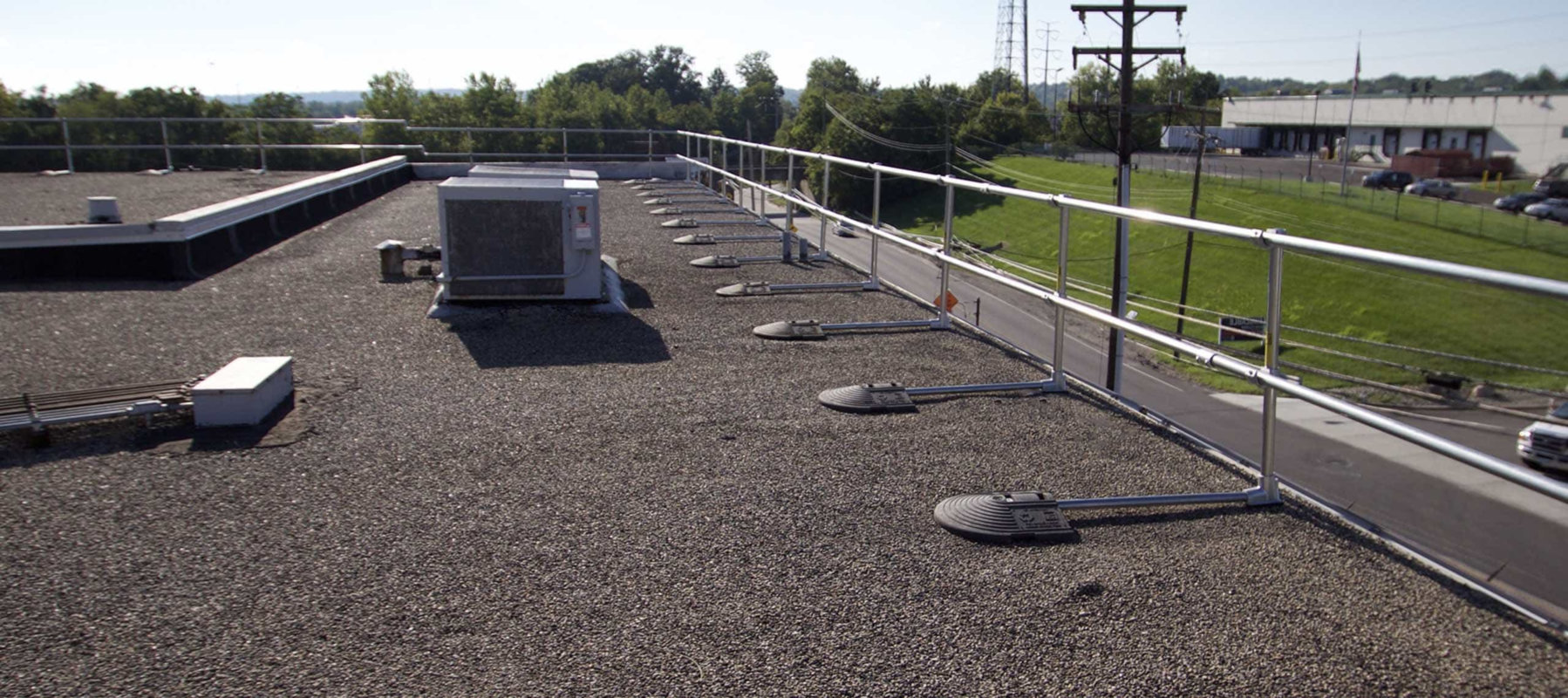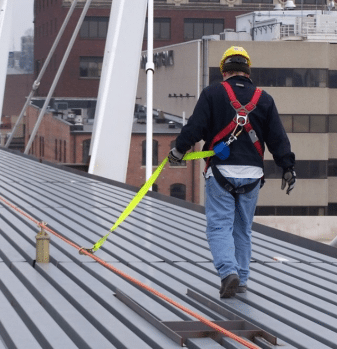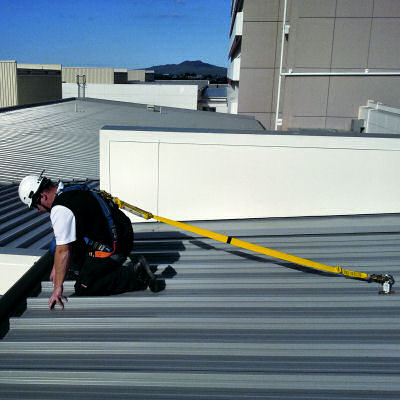This is in response to your fax submitted on september 2 2003 to the occupational safety and health administration osha and as a follow up to a telephone conversation on september 22 2003.
Fall protection non leading edge roof.
Fall protection requirements for construction workers doing work while on a roof.
An example is when installing metal decking for flooring in a multi story building.
For example it eliminates the existing mandate to use guardrails as a primary fall protection method and allows employers to choose from accepted fall protection systems they believe will work best in a particular situation an approach that has been successful in the construction industry since 1994.
Employees or contractors engaged in temporary or infrequent work within 6 to 10 of an unprotected leading roof edge must have proper fall.
Osha defines what fall protection is required based on how close employees are to the edge of the roof.
Employers are to ensure that each employee is protected from falling by using fall protection systems such as guardrails safety net system fall restraint or fall arrest systems.
A guardrail system would be an ideal solution for leading edge applications.
The edge of a parapet.
Solutions to active fall arrest systems our roof fall protection systems are designed to be user friendly and non intrusive while.
Heavy duty powder coat galvanized or custom color finish.
Does ansi mean to say through the example of their test that leading edge means only when the lifeline might contact structural steel.
The edge of a shingled roof.
Leading edge fall protection systems for roofs.
This section sets forth requirements for employers to provide fall protection systems.
Each employee who is constructing a leading edge 6 feet 1 8 m.
Two osha standards can apply 29 cfr 1910 which governs general industry safety standards and 29 cfr 1926 which governs construction sites.
Less than 6 feet from the roof edge.
The edge of a tiled or slate roof.
Osha safety standards especially for roof fall protection can be a source of confusion for many industrial companies.










